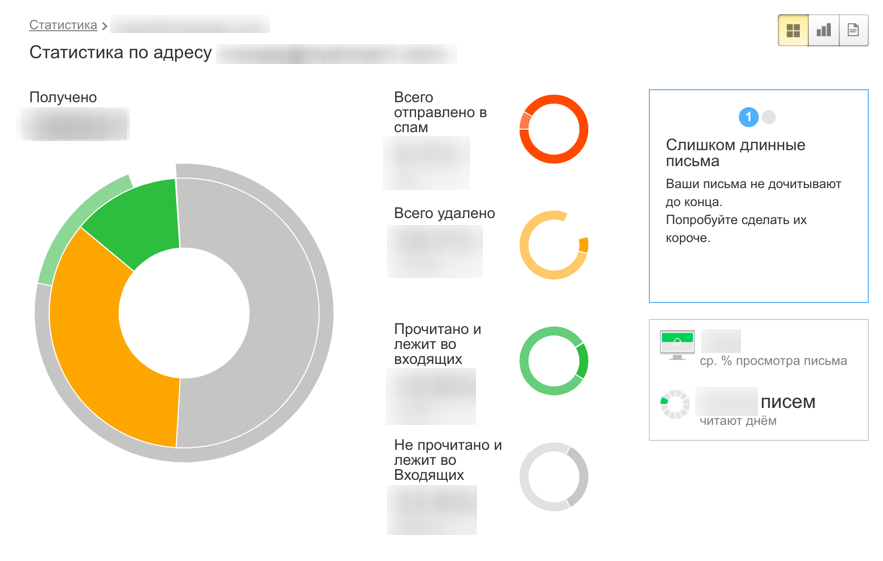
I don't send many mails, its not for main work but more of a side job, I have been using this service since its only one I could find that allows custom domains without paid solution and it worked well with other recipients so far. I guess being russian platform also pays a role. Yeh i get that its free so people use it for different potentially malicious actions, but by same logic then gmail it self or outlook mails, and probably many many other should also be banned since I'm sure a lot of them are also doing malicious stuff.

There is no simple answer here, and if your business relies on emails being properly delivered, you should really consider how much you value for this service (and how much would paying for that service mean to you). Each of these factors helps create an algorithm on how gmail treats all emails coming from your domain. When using a free provider, how many people are using them for less scrupulous activities? Because every one is using the same sending IP mail server, you are lumped with EVERY one of these "bad actors" and that gmail is quite possibly classifying every incoming email through their filtering and saying "yup, another one, goes to spam".Įven if this isn't the problem, they also are doing content filtering, something as simple as key words, whether you are sending lots of marketing messages and not transactional emails, or even things like how people engage with your emails. Note: It might take your DNS 24-48 hours to process the changes.Per the other suggestions, I'd consider switching from Yandex (free provider) to a paid solution.Įmail deliverablily depends on a number of factors, some are the sending IP email server issue, and others can be do to the content of your messages, how people engage with those emails, and issues with your domain itself. If your previous record was: v=spf1 include: ~all Simply add Yandex to your existing record in the following way: In case you already have an existing SPF record in your DNS: In case you don’t have an existing SPF record in your DNS:Ĭreate a DMARC TXT record for Yandex and publish it in your DNS, with the following syntax: In the Value field, enter your SPF record value, depending on the following two scenarios Select TXT as your resource type and as your host In the DNS Records section, add/modify an SPF record If you use Yandex as your DNS hosting provider, visit Yandex.Connect DNS Editor If you use Yandex as one of your email service providers and want it to send emails on your behalf, as an authorized sender, follow these steps: Steps to Configure SPF for Yandex Without SPF, illegitimate or unauthorized sources can send emails on your behalf, jeopardizing your organization’s reputation.


Configuring SPF authentication is essential to a company’s domain security.


 0 kommentar(er)
0 kommentar(er)
